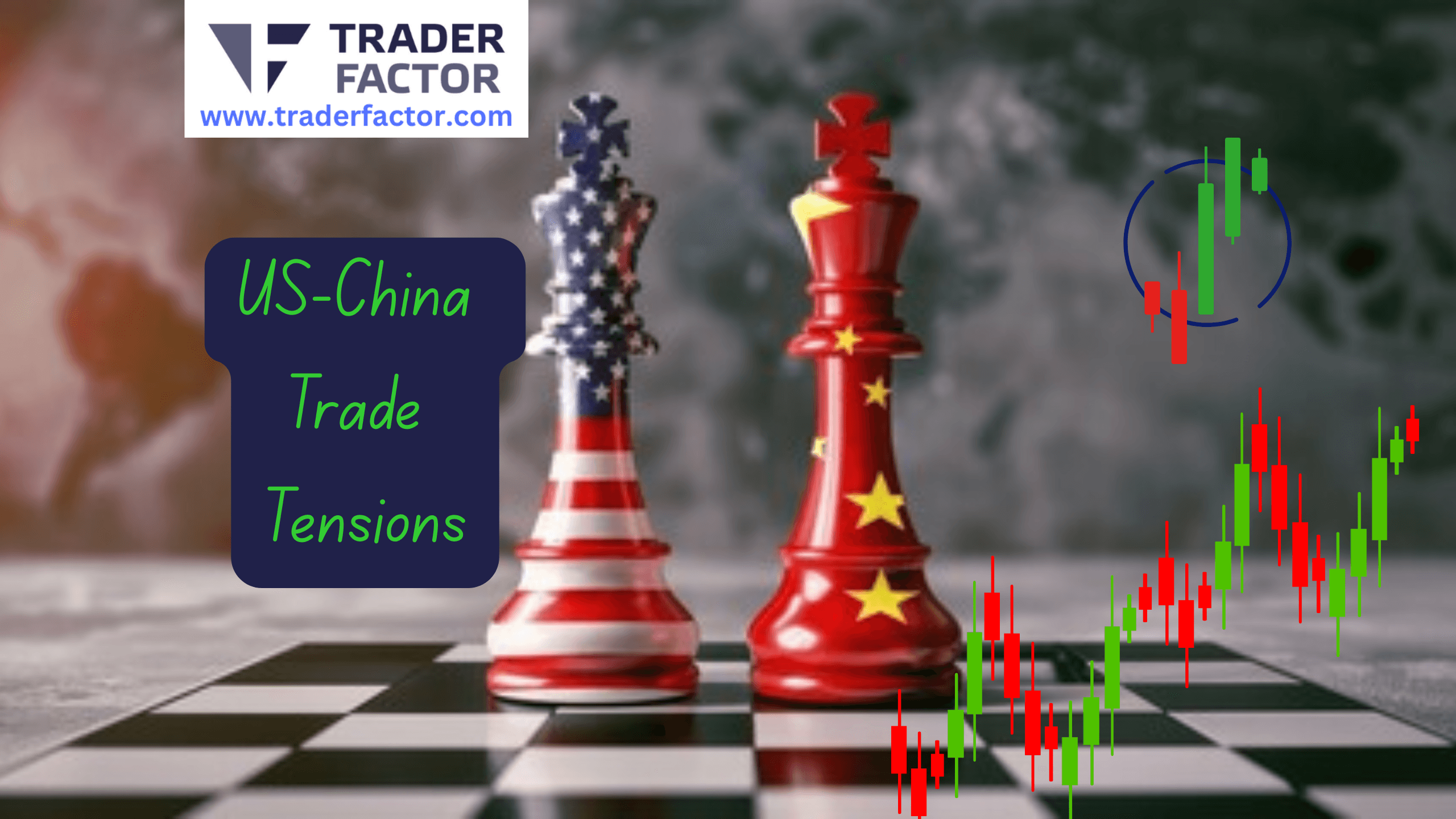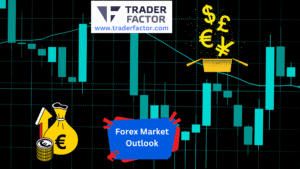The ongoing trade tensions between the United States and China have reached new heights as President Trump imposes a staggering 104% tariffs on Chinese imports. This decision marks a significant escalation in the trade dispute, which has already strained global supply chains. China has responded with firm retaliatory measures, setting the stage for a prolonged economic struggle. The move impacts businesses, consumers, and political dynamics on both sides, leaving markets bracing for further developments.
Background of the US-China Trade Dispute
The US-China trade tensions stem from long-standing disputes over trade imbalances, intellectual property theft, and market access. Over the years, the US has accused China of unfair trading practices, which previous administrations sought to address through negotiations. However, Trump’s approach has been more confrontational, with heavy tariffs at the forefront. China, in turn, views these measures as an infringement on its economic sovereignty, further deepening the divide between the two nations.
The Implications of the New Tariff Strategy
The Trump administration’s decision to implement a 104% tariff is unprecedented. This action targets a wide range of Chinese goods and industries, leading to higher costs for American businesses and consumers. Small enterprises and import-dependent industries are particularly vulnerable, as they lack the flexibility to absorb these added costs. Market analysts warn of inflationary pressures in the United States, along with a potential slowdown in economic growth due to rising production expenses.
China’s Strategic Response to US Tarrifs
China has vowed to retaliate with a range of measures aimed at safeguarding its interests. The Chinese government is considering restrictions on rare-earth mineral exports vital for US tech industries. Furthermore, Beijing may impose tighter regulations on American firms operating within its borders. It is also likely to shift trade partnerships toward alternative markets, although the transition could pose challenges given the scale of US-China commerce. These moves underline China’s resilience, but they also risk intensifying the economic standoff.
Impact on Global Markets and Supply Chains
The ripple effects of this trade conflict are being felt across global markets. Supply chains rooted in US-China trade are under severe strain, forcing businesses to explore alternative manufacturing hubs. However, disruptions persist, as sizable economies like India and Vietnam face their own tariff hurdles. Global investors are concerned about the long-term impact on market stability, with numerous sectors experiencing heightened volatility. This uncertainty underscores the fragility of economic ties amid geopolitical tensions.
The Broader Significance of the US-China Rift
Beyond the economic ramifications, the trade war underscores a deeper geopolitical rivalry. Both nations are vying for dominance on the global stage, with this trade standoff acting as a microcosm of their broader strategic ambitions. For the United States, this is seen as an opportunity to reshape China’s trade practices. For China, it is about asserting its position as an emerging superpower. This conflict highlights the challenges of managing two competing economic giants within an interconnected global economy.
A Prolonged Standoff with Uncertain Outcomes
The US-China trade dispute reflects a complex combination of economic, political, and strategic factors. Both nations appear unwilling to compromise, prolonging the standoff. While Trump’s tariffs aim to pressure Beijing into concessions, China’s calculated retaliation mirrors its preparedness to endure economic adversity. The looming uncertainty not only impacts bilateral relations but also strains global markets. For now, the world awaits further developments in this high-stakes economic and political showdown.
Conclusion
The escalating US-China trade tensions show no signs of abating soon. Both nations are entrenched in their positions, impacting global trade and markets. While Trump’s tariffs aim to reshape trade relations, China is holding firm with countermeasures designed to protect its interests. The outcome of this clash remains uncertain, with significant consequences expected for the global economy.
Disclaimer:
All information has been prepared by TraderFactor or partners. The information does not contain a record of TraderFactor or partner’s prices or an offer of or solicitation for a transaction in any financial instrument. No representation or warranty is given as to the accuracy or completeness of this information. Any material provided does not have regard to the specific investment objective and financial situation of any person who may read it. Past performance is not a reliable indicator of future performance.

















